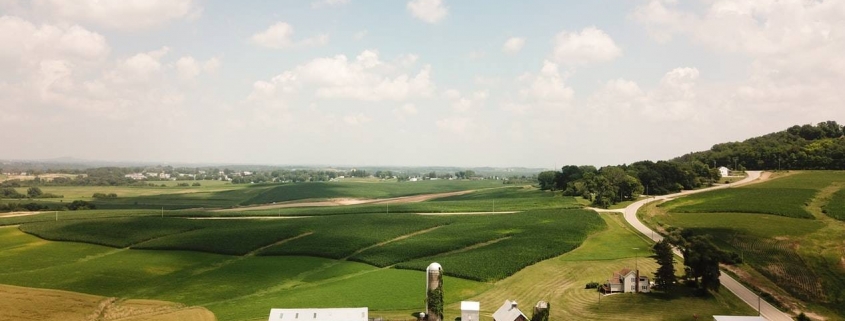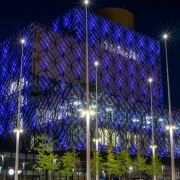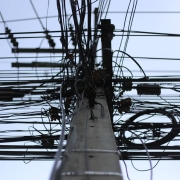5G is being rolled out in cities across the world, but could it solve rural connectivity problems?
Ravi Kumar, president of the India-based IT staffing giant Infosys, said he was bullish about 5G’s potential to reach rural America during a panel discussion with U.S. Rep. Suzan DelBene, moderated by Bloomberg’s Dina Bass.
“Leapfrogging into 5G here is an easier path to fix the broadband issue because you’re going to leapfrog from the present to the future directly,” he said. “That’s what a lot of other countries, where broadband is an issue, have done.”
But DelBene, who represents communities in Washington state ranging from Redmond to the Canadian border, was unconvinced.
“5G isn’t a magical answer in terms of the resources that are going to need to be applied in these areas where there might not be enough people to provide a profit incentive for the private sector,” DelBene said.
The challenge is 5G works by beaming broadband at short ranges, requiring hundreds of thousands of devices over long distances. That means cities will be the first to get the upgrade, since its more feasible to launch a substantial infrastructure project like that in a densely populated area.
Closing the broadband gap has proved tricky because private internet providers often don’t have financial incentives to build broadband infrastructure over long distances in sparsely populated areas. Some technologists believe the super-fast next generation of wireless technology, 5G, could provide a solution. But there are many skeptics who worry that the same business model issues will leave rural America out, possibly widening the digital divide.
Living in the country gives you clean air, lots of space, and quiet. But for the latest technology, you probably will still have to come to town.











Leave a Reply
Want to join the discussion?Feel free to contribute!